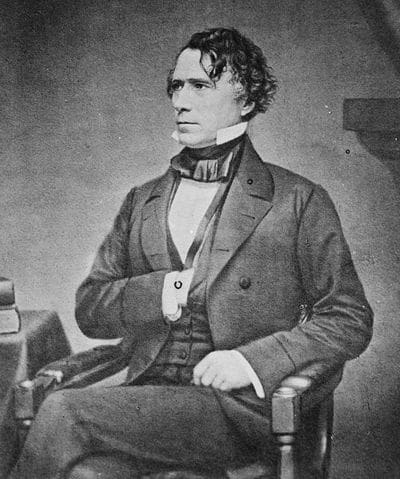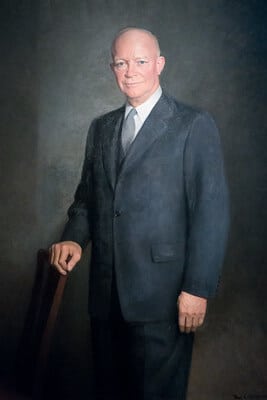Table of Contents
ToggleWhen was Franklin Pierce born?
Franklin Pierce was born in 1804.
Where was Franklin Pierce born?
Franklin Pierce was born in Hillsborough, New Hampshire.
How old was Franklin Pierce when he became president?
Franklin Pierce was elected at the age of 48.
What years was Franklin Pierce president?
Franklin Pierce was president from 1853-1857.
When did Franklin Pierce die?
Franklin Pierce died at the age of 64 in 1869.
How did Franklin Pierce die?
He died of cirrhosis of the liver.
The 14th President of the United States of America, Franklin Pierce, presided over the country for one term from 1853-1857.
At the time of his inauguration, the country was peaceful, having weathered the storm of sectionalism that deeply divided the country in several ways.
However, they often coincided, between the more prosperous north and the cash-starved south, with an emphasis on cash-crops vs. manufacturing, and between abolitionists and those who were pro-slavery.
By the time of his election, this storm had largely been quelled thanks to the Compromise of 1850.
Unfortunately, history has not been kind to President Pierce. Many historians and historical sources list his policies and presidency overall as one of the key steps toward the devastating Civil War of the 1860s.
Early Life & Education
Franklin Pierce was born in Hillsborough, New Hampshire (he is the only New Hampshirite ever to be president) in 1804.
Franklin’s father, Benjamin Pierce, was a renowned local militia leader who won several victories in the Revolutionary War and enjoyed prominence and political power in Hillsborough.

Franklin’s mother, Anna Kendrick, and Benjamin wanted their eight children to enjoy a better life than they had, and as such, they desired good education for their children.
Up until the age of 12, Franklin attended local schools. Afterward, his middle-class parents sent him to private academies. At the tender age of 15, Franklin Pierce began attending Bowdoin College of Maine, where he made many friends, including famous author Nathaniel Hawthorne.
After struggling initially and placing a greater emphasis on socializing, Pierce buckled down and focused on his studies, graduating with the 5th highest marks in his entire graduating class of 1824.
Young Adult/Early Career
After graduating from Bowdoin, Pierce began his career “reading law,” which existed before the advent of law school, with former New Hampshire state governor Levi Woodbury.
Pierce then continued his education, working for and learning under Judge Edmund Parker of Amherst, New Hampshire. In late 1827 Franklin Pierce was admitted to the New Hampshire Bar, officially becoming a lawyer.
Despite losing his first case, Pierce soon became a highly regarded lawyer and operated a law practice with his protege Mark Baker in his hometown of Hillsborough.

Get Smarter on US News, History, and the Constitution
Join the thousands of fellow patriots who rely on our 5-minute newsletter to stay informed on the key events and trends that shaped our nation's past and continue to shape its present.
While practicing law, spurred on by his father Benjamin, who won the governorship of New Hampshire in 1827, Franklin entered state politics as an elected member of the state legislature in 1829.
Due to his connections, gregarious personality, and knowledge, Pierce was named speaker of the House of Representatives for New Hampshire in 1831.
Political Rise, Ideology, and Personal Life in the Run-Up to the Presidency
According to the University of Virginia’s Miller Center, in an article written by history professor Jean H. Baker, Franklin Pierce and his father were strong supporters and strict adherents of Andrew Jackson.
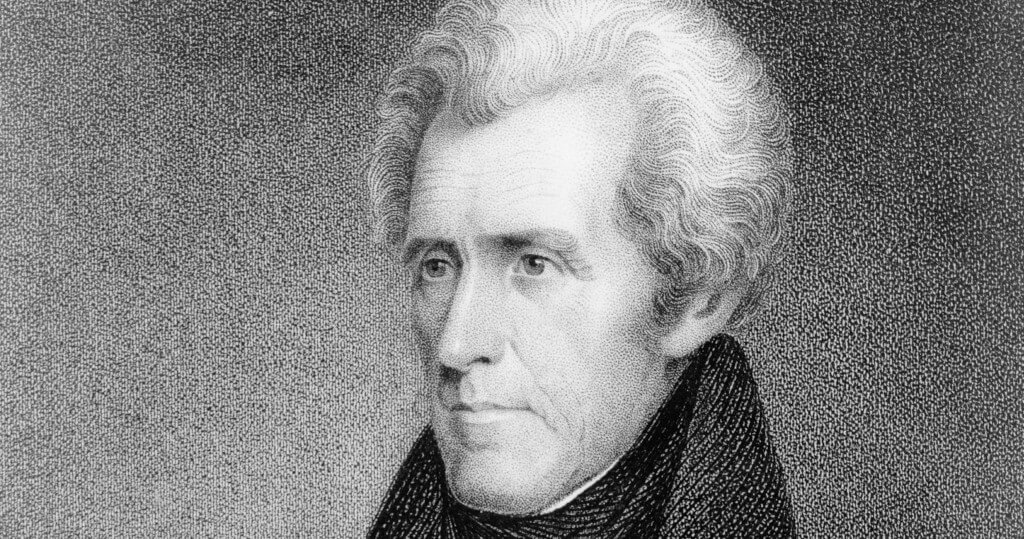
Jackson, the former general, and hero of the War of 1812, was elected to the presidency in 1828. Both Franklin and his father rejoiced at the news of his victory.
Jackson, a Democrat, won reelection in 1832. The same year, young Franklin Pierce won a spot in the United States House of Representatives. A staunch democrat, Pierce voted along party lines on nearly every issue.
While in Washington, Franklin Pierce became quite home-sick, so he turned to drink to relieve his woes. During this time period (the early 1830s), Pierce’s drunken escapades became hot gossip all over Washington D.C.
Marriage to Jane Means Appleton
In 1834 Pierce married Jane Means Appleton, the daughter of Bowdoin College’s president, Pierce’s alma mater. Interestingly, Means Appleton was the opposite of Franklin Pierce in many ways. She was shy and abhorred drinking, and her family strongly supported the Whigs, Andrew Jackson’s rival political party.
Over the course of their marriage, Pierce and Appleton had three children. Unfortunately, only one lived past infancy.
Election to the Senate
In 1837, at 34 years of age, Pierce became a United States Senator. He continued to follow Jackson’s way, advocating for the use of hard money, opposition to a central United States bank, and a deep suspicion over using government funds to make internal improvements.
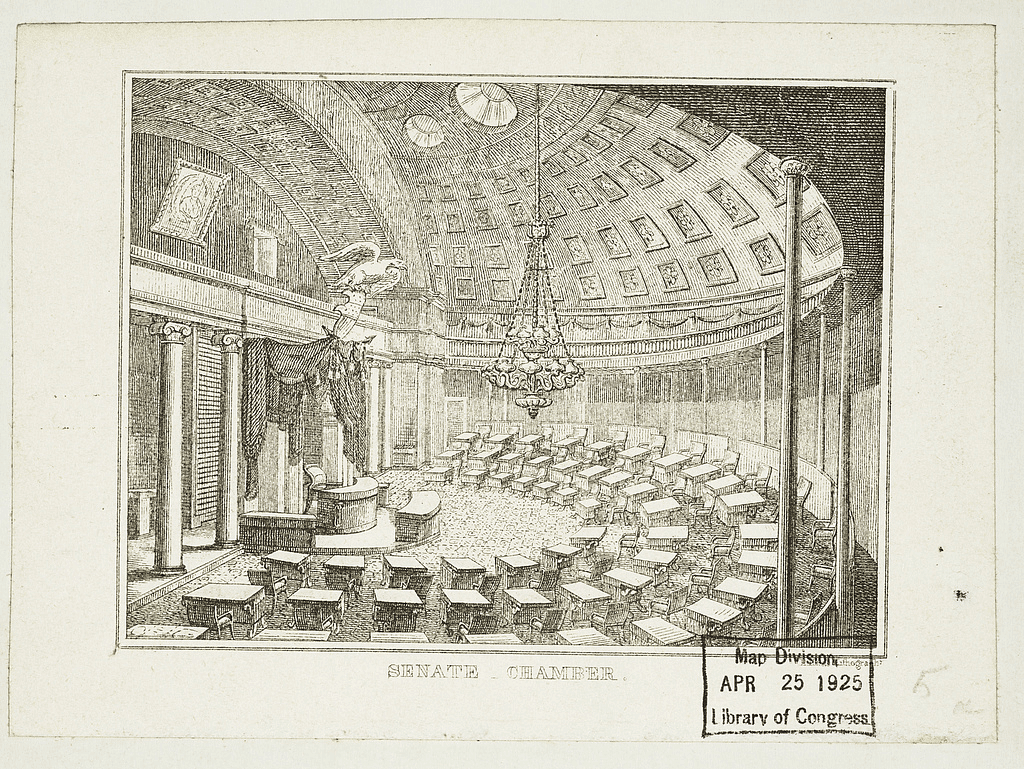
Senator Pierce fraternized and became friends with many southerners, including Jefferson Davis, the future head of the short-lived Confederate States of America.
In 1841, sick of life in Washington and desiring to return home, Franklin Pierce and his wife moved back to New Hampshire, where Pierce opened a new law firm in Concord, New Hampshire’s capital city.
Pierce in His 30s and 40s – Law Practice & Military Service
After moving back to New Hampshire, Pierce gave up drinking and joined the temperance (anti-alcohol) movement alongside his wife. While working in Concord, he helped lead a successful push to ban liquor in the city.
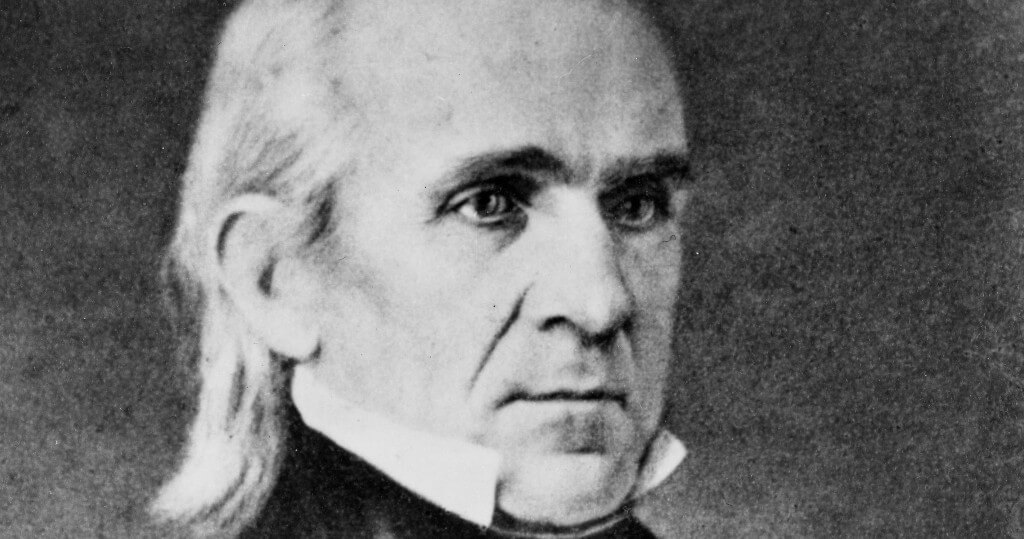
As a lawyer, Franklin Pierce blossomed into a courtroom star. With his ability to size up and then appeal to a jury, he won many cases, and his fame grew further as he took on more and more high-profile cases.
He kept his hands in politics, helping James K. Polk take the presidency by managing his campaign in the state of New Hampshire.
Mexican-American War
In the mid-1840s, war broke out, the Mexican-American war, which was fought over Texas’s republic, among other things.
Like his father before him, Pierce joined the military, recruiting troops into the New Hampshire Volunteers and enlisting as a private. Using his connections with the sitting president Polk, Pierce rose to brigadier general, where he commanded over 2,000 men despite having no-prior military experience.
Pierce marched with his men from the port of Veracruz to the city of Puebla and eventually to the outskirts of Mexico City. During the Battle of Contreras in August 1847, Pierce was severely injured after being thrown from his horse and crushing his leg.
Due to his injury, Pierce missed out on the decisive battle of Chapultepec, where the United States won the war.
Preparing for a presidential run
After returning home to New Hampshire, Franklin Pierce became the undisputed head of the Democratic Party of New Hampshire and prepared for a presidential run.
Going into the presidential election, Pierce opposed the abolition of slavery in states where it already existed (the south) and took many other Southern positions.
In addition, he also supported the compromise of 1850, which enacted the fugitive slave act, ended the slave trade in Washington D.C., and admitted California as a free state.
Election of 1852 & Personal Tragedy
Franklin Pierce was chosen for the Democratic nomination for various reasons, his long-tenured political career and status, the fact that he was a pro-slavery northerner, and to Pierce’s great benefit because the Democratic Party decided to follow with undeviating loyalty to the Compromise of 1850.
At the Democratic convention of 1852, the delegation gathered, voting an astonishing 48 times, eliminating many well-known candidates before Franklin Pierce received the party’s nomination.
In the election of 1852, Pierce and the Democratic Party faced Whig Party candidate Winfield Scott. A general, Scott had been Pierce’s commanding officer in the Mexican-American War.
In a narrow decision, Franklin Pierce defeated Scott by a small margin in the popular vote and a wide margin in the electoral college. Pierce carried 27 states to Scott’s paltry four.
Sadly for Pierce, after winning the presidential nomination and two months before officially taking office, his only surviving child was killed in front of him and his wife as their train wrecked. A devastated Pierce would enter the White House, sad and nervously exhausted from the ordeal.
Presidency: 1853-1857
Early presidency
At his inaugural address, Pierce proclaimed to the audience that the next four years would be “an era of peace and prosperity at home, and vigor in relations with other nations.
Pierce’s presidency got off to a rough start in several ways. Firstly he invoked the wrath of many northerners and abolitionists in general when he named his old friend, the fiercely pro-slavery Jefferson Davis, as his Secretary of War. Many of the moderates who had voted for him in the recent election were outraged.
Secondly, in another tragic turn in Pierce’s life, his vice-president, William Rufus King, died of tuberculosis only six weeks into his term. At the time, there was no provision or plan of action for filling the vice-presidency, so he had no vice-president for almost the entirety of his presidential term.
Kansas-Nebraska Act
One of the most controversial acts of his presidency, an act that, in reality, opened the question of slavery in the newly formed Western states and territories and added fuel to the simmering tensions surrounding – slave states and non-slave states, abolitionists (anti-slavery), and pro-slavery contingents, the Kansas-Nebraska Act.

Pushed by Democratic Senator Stephen Douglas, the act repealed a former law (The Missouri Compromise of 1820, which banned slavery in the region of Missouri, Kansas, and Nebraska) and sparked a bitter debate among the whole country.
According to Jean Baker’s article on Pierce, in the wake of the passing of the Kansas-Nebraska Act, the Whig Party was essentially destroyed, ushering in the still-standing Republican Party. In contrast, tensions increased the opposite of the act’s intention.
Bleeding Kansas
Due to a clause in the Kansas-Nebraska Act, popular sovereignty (for white males) allowed white settlers and existing locals to decide the issue of slavery in the fledgling territory.
Both those opposed to and for slavery began entering the territory in great numbers attempting to sway the issue. Pierce was embroiled in controversy after violence broke out between the opposing factions in Kansas.
In one notable incident, pro-slavery ruffians from Missouri entered the abolitionist town of Lawrence, Kansas, and proceeded to loot, menace, and kill citizens before burning down a good portion of the city.
In response, abolitionists led by John Brown murdered five pro-slavery men a few days after Lawrence’s sacking. Pierce subsequently had to focus greatly on the ordeal in Kansas, which prohibited him from seeing other matters.
Foreign affairs
Internationally, Pierce achieved success for himself and the United States with the Gadsden Purchase, which involved the United States purchasing portions of Southern Arizona and New Mexico, cementing today’s border with Mexico the United States 15 million dollars but avoiding another Mexican-American War.

Pierce also attempted to acquire Cuba, which was still a territory of Spain, as a new United States territory. Cuba was a fellow slaveholding nation and highly enticing, especially to the southern United States. Negotiating efforts failed, however, and Cuba remained a Spanish possession.
Pierce also had some conflicts with Great Britain. He opposed their role in the Crimean war against Russia and their settlement in Central America. Belize existed as British Honduras, a colony of Great Britain, for over 200 years.
Post Presidency – Franklin Pierce’s Later Life & Death
After a rocky first term, the Democratic Party did not support Piece’s bid for reelection. Pierce found himself back home in New Hampshire, and it is reported that when the Civil War broke out, Pierce found himself backing the north’s cause.
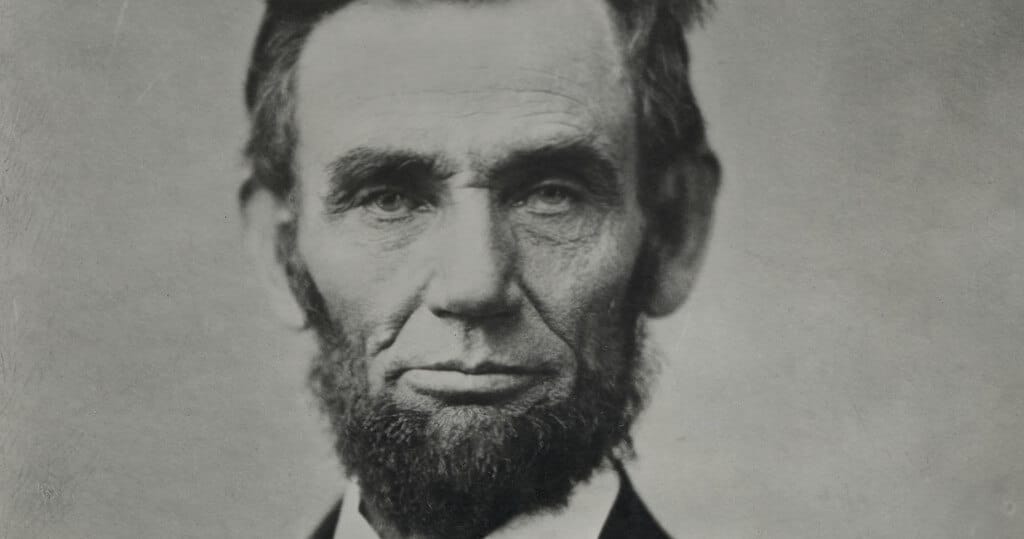
However, interestingly enough, he did not support the Democratic president, Abraham Lincoln.
Pierce’s wife Jane passed away from tuberculosis in 1863. The Pierces had traveled to the West Indies hoping that the tropical climate would help Jane’s sickness, alas, it did not, and more grief shrouded Franklin Pierce’s life.
Pierce faded in his post-presidential days and lived far from the spotlight. Always a fan of alcohol, he returned to it after the passing of his wife.
After President Lincoln was assassinated in 1865, an angry mob surrounded Pierce’s house, and only his public speaking skills kept his house from being torched by the mob. Franklin Pierce found spirituality in his last years on earth and joined the episcopal faith at St. Paul’s Church in Concord, New Hampshire.
For a few years, Pierce lived the life of an “old-farmer,” farming a little by hand, buying property, and hosting as well as visiting relatives. He suffered from severe cirrhosis of the liver, which took his life on October 8th, 1869. Franklin Pierce lived to be 64 years old.
